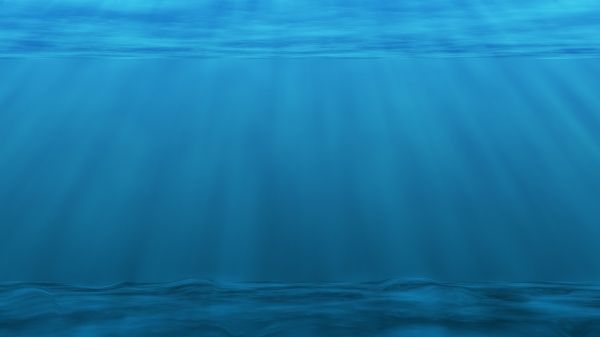The formation of deep water, which is an important and sensitive component of the climate system, takes place in only a few parts of the ocean. Apart from the best-known region in the subpolar North Atlantic, this also happens in a few places in the Southern Hemisphere, especially in the Weddell Sea in Antarctica. There, the so-called Antarctic Bottom Water (AABW) is formed. While today AABW is circulating northwards into the other ocean basins, results of a new study, led by the GEOMAR Helmholtz Centre for Ocean Research Kiel in cooperation with the Alfred Wegener Institute, Helmholtz Centre for Polar and Marine Research, Bremerhaven, show that this was different under extreme climatic conditions in the past.
Ocean currents are essential for the global distribution of heat and thus also for climate on earth. For example, oxygen is transferred into the deep sea through the formation of new deep water around Antarctica. Weddell Sea sourced Antarctic Bottom Water (AABW) normally spreads northwards into the South Atlantic and Indian Oceans. However, during the peak of the last two ice ages, the supply of deep water from the Weddell Sea to the South Atlantic Ocean was apparently interrupted, as shown by a new study led by scientists of the GEOMAR Helmholtz Centre for Ocean Research Kiel.
"Up to now, it has been widely assumed that Antarctic Bottom Water was also formed during the ice ages and exported to large parts of the Southern Ocean", explains Dr. Marcus Gutjahr, co-author of the study from GEOMAR. "It may still be possible that deep water formation indeed took place, but unlike today, it was not circulating into the South Atlantic Ocean further north", Gutjahr continues. Most likely, generally weaker circulation within the Southern Ocean during cold periods was responsible for this interruption of AABW export.
Read more at Helmholtz Centre for Ocean Research Kiel (GEOMAR)
Photo Credit: Buddy_Nath via Pixabay


